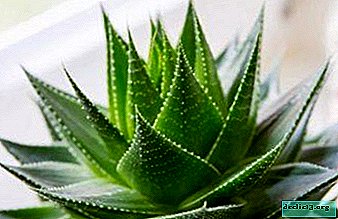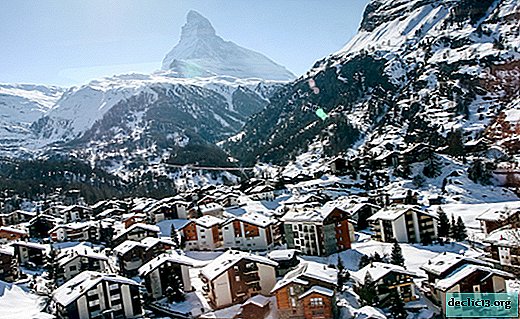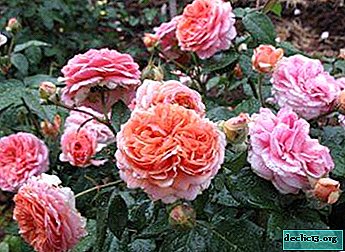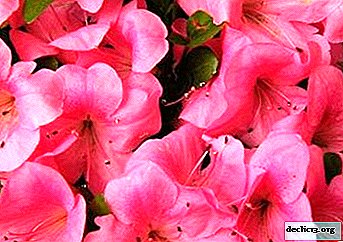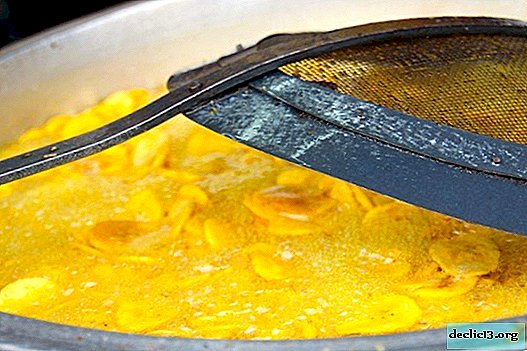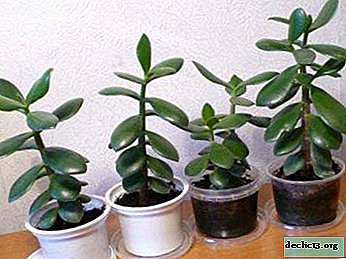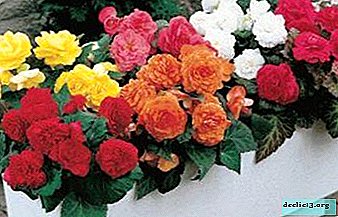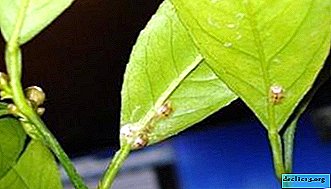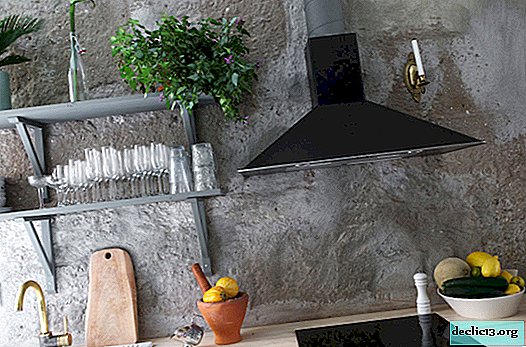What is the dendrobium nobile orchid afraid of and why do its leaves turn yellow?

If you want to have a tropical fragrant flower at home - buy an orchid. One of the most common of them is dendrobium. It is not difficult to buy and grow this plant at home. It is important to know about the possible problems and diseases of the plant, about the features of caring for it.
The leaves or stem of your plant began to turn yellow and you do not know what to do? Then this article is for you. Here you will learn all about this problem and its solution.
What is yellowing in a flower and how to determine it?
If you saw that the leaves or the stem of your flower began to turn yellow, then this is the first sign that your plant is sick due to improper care. Improper care leads to yellowing of the leaves of the plant, also the leaves curl, fall off, the stem may turn yellow.
Determine that the flower is not sick. This immediately becomes visible to the eye - the color of the plant changes.
Tip. To save a flower, you need to determine what is happening and what to do to prevent this from happening again. To do this, you need to know the main reasons for this yellowing.Why is this happening?
 Everything is very simple, your plant turns yellow due to the high temperature in the room, overfeeding or violation of the root system. These are the most common causes of yellowing.
Everything is very simple, your plant turns yellow due to the high temperature in the room, overfeeding or violation of the root system. These are the most common causes of yellowing.
Before you raise a panic, you need to remember that there are natural causes of yellowing and falling of the leaves of the plant. Every year, dendrobium nobile after flowering changes the foliage and this is a normal phenomenon. But if the leaves turned yellow before or during flowering, then it is worth considering. All details of flowering and plant care after it has flowered can be found here.
Growing dendrobium is a troublesome business, but grateful. Caring for a plant depends on what kind of flower you have, because they are all different and everyone has their own vagaries of care. About six groups of dendrobiums are distinguished and each of them has its own requirements for the temperature regime. It is important to know what kind of plant your plant is and keep it at the right temperature to avoid yellowing.
There are thermophilic plants and cold dendrobiums. On average, for thermophilic comfortable temperature:
- during growth during the daytime 20-25 ° C;
- during the growth period at night 16-21 ° C;
- in the winter in the afternoon to 20 ° C;
- in the winter at night not lower than 18 ° C.
Cold plants require:
- in the summer afternoon 15-18 ° C;
- in the summer at night about 12 ° C;
- in winter afternoon at about 12 ° C;
- in the winter at night 8 ° C.
Violation of the root system is also the cause of yellowing. In nature, the dendrobium grows on trees and its roots are always free. Even after rain, they dry quickly. This should be remembered with home care. You can’t keep the roots damp for a long time.
Attention. Do not forget that the dendrobium is very painful to transplant. Especially with a complete replacement of the soil. A transplant with a complete replacement of the soil can also cause yellowing of the leaves. Therefore, it is better not to transplant the plant, but simply transfer the plant into a larger pot.Do not forget about lighting. Heat-loving dendrobiums in nature live in a tropical climate, therefore insufficient lighting also causes increased yellowing of leaves. But this does not mean that the plant should stand in direct sunlight. This will result in burns to the flower.
 The next thing you need to pay attention to is proper nutrition. Here, too, have their own characteristics. If you do not take them into account, this will lead to the same problem.
The next thing you need to pay attention to is proper nutrition. Here, too, have their own characteristics. If you do not take them into account, this will lead to the same problem.
Dendrobium needs to be fed twice a month during the period of active growth (from April to September). Use liquid fertilizer for orchids. Make the concentration of top dressing two times lower than indicated on the package (otherwise you can destroy the roots of the plant).
There are features in the feeding of thermophilic and cold-content plants. The first monthly need phosphorus-potassium fertilizers even in winter, and the second 2-3 times a month need nitrogen fertilizers.
Color changes due to old age
But do not forget that the leaves may turn yellow just from old age. There is nothing to worry about and panic is not worth it. It is normal if the leaf turns yellow and dries out gradually over several months. The main thing is that this process does not affect other leaves and stem of the plant. Dendrobiums drop leaves during dormancy.
The leaf of the plant has its own life cycle.. Some plants have 5 years, others have 2-3 years, and some have only a year. Dendrobiums can discard their leaf every year or every two years. And this is normal - do not panic.
What are the reasons?
Insufficient moisture near the roots of the dendrobium leads to yellowing of the leaves. The leaves turn yellow, dry, turn brown at the edges and eventually fall off. Excess moisture of the roots, as well as a lack, leads to the same thing.
Important. Excessive watering can strangle the roots and leaves will disappear. Watering should be moderate.Sunburn
Despite the fact that denbrobiums, because of their nature, love heat and light, this does not mean that they need to be placed in direct sunlight. From this, sunburns can form on the leaves of the plant. Subsequently, the leaves will also turn yellow and fall off.
Pests
Pests also cause damage to the root system. They may appear in the root system due to excess moisture. Such pests are: aphids, spider mites, wood lice, nematodes, millipedes, earthworms, thrips, ants and others.
Other options
- Hard water.
- Close flowerpot.
- A sharp change in growing conditions.
- Overdried air.
- Incompatible plants nearby.
What can not be done?
 To allow excessive or insufficient watering.
To allow excessive or insufficient watering.- Do not observe the thermal regime of the plant.
- Put the plant in direct sunlight.
- Grow dendrobium near incompatible plants.
- Excessively feed the plant.
What to do if the problem persists?
Here you will have to apply extreme measures in the form of a plant transplant. After carrying out the transplant procedure with a complete replacement of the soil, you need to wait a while with watering, and pay more attention to spraying the plant. Feeding during this period can not be used. If nevertheless the yellowing of the leaves from the stem did not stop after the above procedures, then the affected stems should be removed. In order to preserve the plant, normalize its care.
Follow the rules for caring for dendrobium and in gratitude the plant will delight you with beautiful flowering and health.

 To allow excessive or insufficient watering.
To allow excessive or insufficient watering.

